1/35 US M22 “Locust” Airborne Tank(T9E1)
30,50€
In stock

*Please check our Privacy Policies to see how to we use your personal data.
*Por favor revisa nuestra Política de Privacidad para ver como tratamos tus datos personales
At the end of 1942, the US Army responded to a British request to develop the M22 small tank, which could be carried by airplanes. The United States, however, had a strong need for a combat vehicle of this type for its own airborne forces. Before production began in late 1943, the prototype T9 light tank was plagued by mechanical problems. The first units to be supplied with M-22s were the US Army’s 151st Tank Airborne Brigade and 28th Tank Airborne Battalion. The tanks were transported by C 54 transport aircraft, which were uniquely designed to carry the entire tank strapped to the lower part of the tank’s belly. The turret, however, was hidden inside the fuselage. It is interesting to note that the M22s had to be delivered from an enemy airfield before the concept could be implemented. . A small number of M22s were sent to France for use by the US Sixth Army, but they were never used in any real operations. The M22 was armed with a 37mm gun, but when it entered service it was considered obsolete. The M22 was armed with a 37mm gun, but by the time it entered service it was considered obsolete. It could reach speeds of up to 65 km/h, and suffered from persistent transmission problems. Most of the M22s were scrapped after the war, with some surviving, mainly to Egypt in 1946, and a small number of M22s in service. It was given to Belgium and Israel.
A finales de 1942, el ejército de los EE. UU. Respondió a una solicitud británica para desarrollar el tanque pequeño M22, que podría ser transportado por aviones. Sin embargo, Estados Unidos tenía una gran necesidad de un vehículo de combate de este tipo para sus propias fuerzas aerotransportadas. Antes de que comenzara la producción a fines de 1943, el prototipo de tanque ligero T9 estaba plagado de problemas mecánicos. Las primeras unidades en ser suministradas con M-22 fueron la Brigada Aerotransportada Tanque número 151 del Ejército de los Estados Unidos y el Batallón Aerotransportado Tanque 28. Los tanques fueron transportados por aviones de transporte C 54, que fueron diseñados exclusivamente para transportar todo el tanque atado a la parte inferior del vientre del tanque. La torreta, sin embargo, estaba escondida dentro del fuselaje. Es interesante notar que los M22 tuvieron que ser entregados desde un aeródromo enemigo antes de que el concepto pudiera implementarse. . Un pequeño número de M22 fueron enviados a Francia para su uso por el Sexto Ejército de los EE. UU., Pero nunca se usaron en ninguna operación real. El M22 estaba armado con una pistola de 37 mm, pero cuando entró en servicio se consideró obsoleto. El M22 estaba armado con un arma de 37 mm, pero cuando entró en servicio se consideraba obsoleto. Podría alcanzar velocidades de hasta 65 km / h y sufrir problemas de transmisión persistentes. La mayoría de los M22 fueron desechados después de la guerra, y algunos sobrevivieron, principalmente a Egipto en 1946, y un pequeño número de M22 en servicio. Fue entregado a Bélgica e Israel.


"Exclusive Product Walk Around"
Additional information
| Weight | 1,04 kg |
|---|---|
| Dimensions | 38,5 × 24,5 × 5,5 cm |
| Army | USA |
| Brands | |
| Materials | Plastic |
| Product | |
| Pack | Single |
| Scale | 1/35 |
| Theme | AFV, Military |


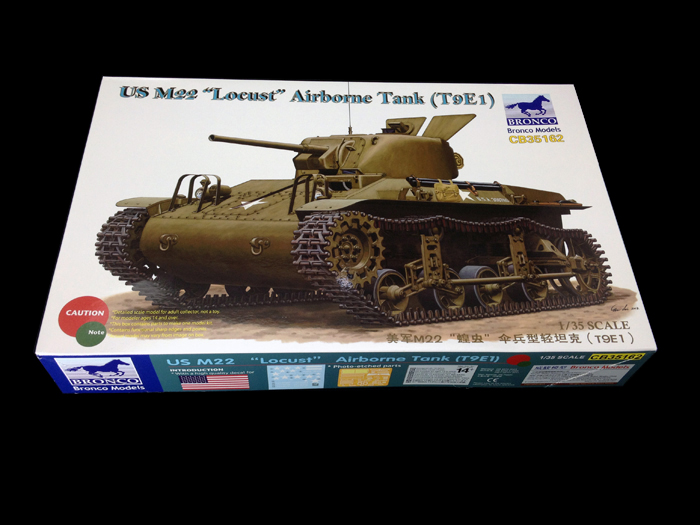

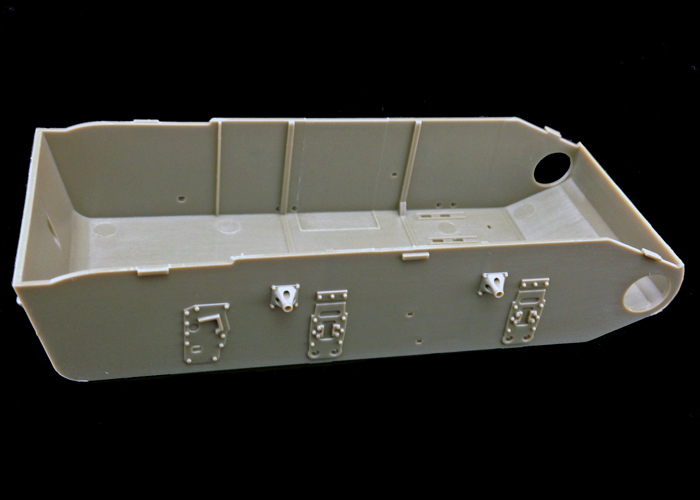
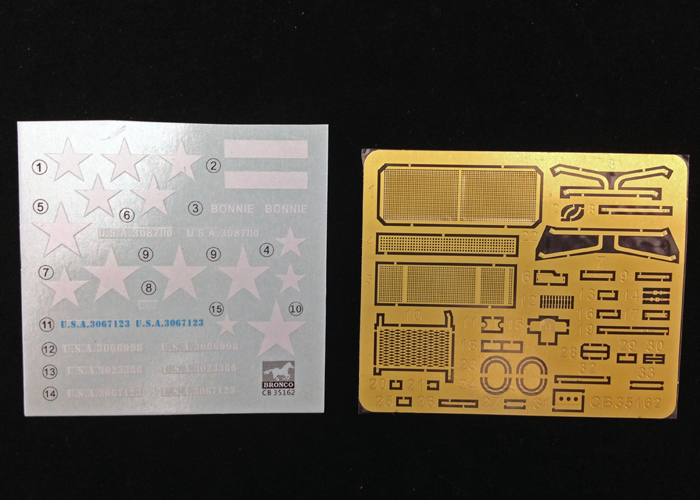
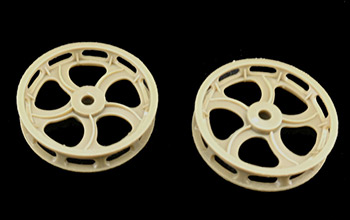


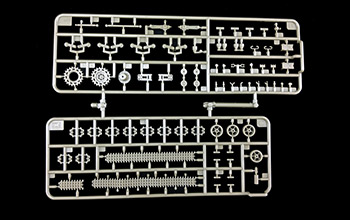
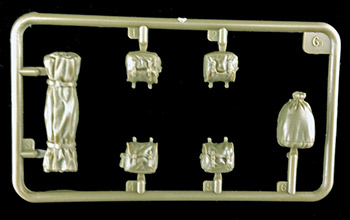
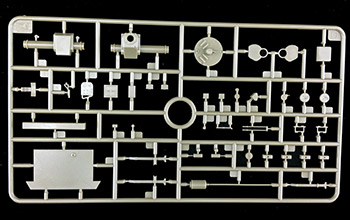
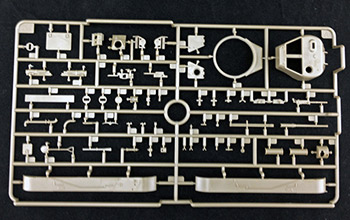
 Request of SDS product data file / Product security
Request of SDS product data file / Product security